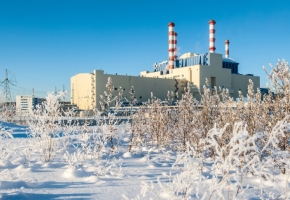Why is Netherlands so far behind on renewables?

Share of renewable energy in EU countries (Photo: Eurostat)
Netherlands today is currently far behind most other EU countries in the production of energy from renewable sources.
In fact, in 2018, only 7.4 percent of the energy used in the Netherlands came from sustainable sources. Տthis share must be at least 14% by the end of 2020, according to the EU's rules.
Renewable energy in the Netherlands comes mainly from biofuels, waste, and wind, while geothermal, solar and hydro energy play only a minor role in the country.
According to the Eurostat figures, low shares of renewable energy were also found in Malta (8.0 percent), Luxembourg (9.1 percent) and Belgium (9.4 percent).
Meanwhile, a total of 12 member states - Bulgaria, Czech Republic, Denmark, Estonia, Greece, Croatia, Italy, Latvia, Lithuania, Cyprus, Finland and Sweden - have already reached or exceeded their national 2020 binding targets.
Sweden had by far the highest share in 2018 with more than half (54.6 percent) of its energy coming from renewable sources, especially from hydropower and bioenergy.
Sweden is followed by Finland (41.2 percent), Latvia (40.3 percent), Denmark (36.1 percent) and Austria (33.4 percent).
The goal for 2020 is 20 percent and for 2030 is 32 percent.
However, this share remains tiny, with only eight percent of energy used for transport coming from renewable sources.
The transport sector represents about a quarter of Europe's greenhouse gas emissions and is the main cause of air pollution in cities.
According to the European Commission, a 90 percent reduction in transport emissions will be needed by 2050 to achieve climate-neutrality.
Source: euobserver.com







